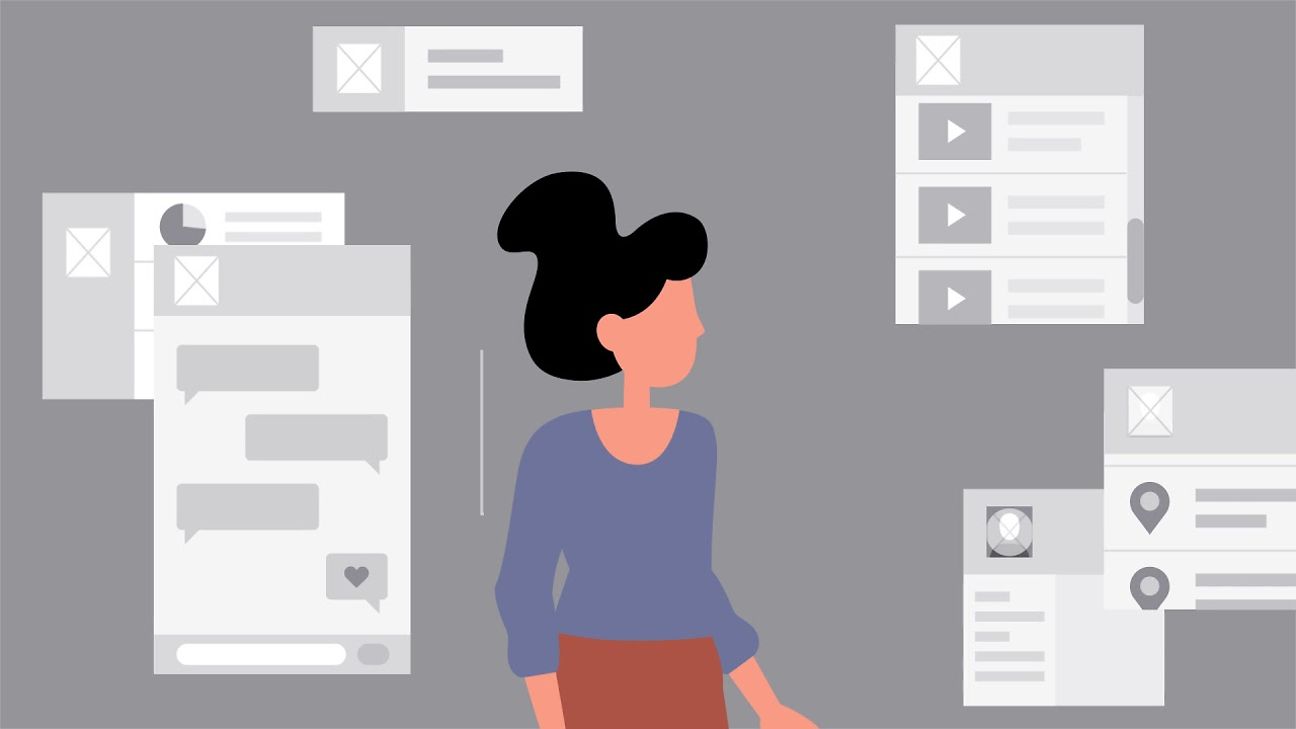Protected by technology
We use masking methods to make your data unreadable for third parties. These methods always employ state-of-the-art technology. And if we feel this technology is insufficient, we develop our own solutions to meet our requirements – and yours.
Why do we use technology to protect your data?
Your personal data is so valuable that hackers constantly try to obtain it illegally and use it for criminal purposes. We need to have the right technology to counter this cybercrime – and we do. With measures that ensure we always remain a step ahead of the hackers. With our Cyber Defense Center, for example. And with methods that mask your data, to ensure that third parties can't do anything with it. Keep reading to find out exactly how we do it.
What is masking?
Sometimes we have to work with your data, for example, to create statistics or improve our services. But before we do so, your data is made unrecognizable, ensuring that third parties cannot draw any connection to your personal identity. We call this "masking". We differentiate between two primary methods: anonymization and pseudonymization. Both are as complex as they sound, so we've provided a brief summary here:
Anonymization
After anonymization of your data, neither we nor any third party can reestablish a link between you and your personal information. In other words, we make your data unrecognizable and throw away the key. The data records we use are completely anonymous.
Find further information about anonymization in the following video or here.
How do you benefit?
Anonymization is used when we want to analyze the behavior patterns of large groups of users, for example, to identify peaks in telephony. This is how we can systematically expand our network. Another example: our Park & Joy app lets you find available parking spaces with your smartphone. This service is based, among other things, on anonymous movement data from the cellular network. As a result, you benefit from other users.
Pseudonymization
In contrast to anonymization, this method of data masking makes it possible to restore the link to your identity, using a special key. In this case, we don't throw away the key, but instead hide it very, very well – and only we know where. Third parties cannot identify you personally. But even with the key, we don't know that you're John Public. We only know your assigned pseudonym, XX. And we know, for example, that XX likes to use app Y.
Find further information about pseudonymization in the following video or here.
How do you benefit?
To provide certain services, we need more than just information from anonymous user groups; we need to be able to assign specific data to individual users. Only in this way, for example, it is possible to make program suggestions based on your individual visual behaviour with EntertainTV. But no matter how useful a service is, you alone decide whether your data can be used for it.
How exactly do we mask your data?
The two masking methods described above, anonymization and pseudonymization, have one thing in common: your data is made unrecognizable, so it can no longer be read by third parties. But how exactly do we conceal your data? Primarily with the following tools:
Non-disclosure:
In this method, crucial elements of your data are removed entirely, for example your name or street. So no direct link to you can be established.
Masking:
In this method, crucial elements of your data are masked with other information, for example, the name Tom Smith is replaced by John Public.
Cryptographic encryption:
Cryptography is a kind of secret code. Today, however, it no longer involves letters and number ciphers, but instead individual data bits. To put it briefly, it is all very complex and we use it when large amounts of data are generated at the same time, such as in big data analytics.
How do we prevent security gaps?
We don't leave any backdoors open. That's why it isn't enough for us simply to buy third-party encryption software – like the normal business practice. Instead, we have developed our own and had it certified by renowned privacy experts. This eliminates potential security risks and provides maximum protection even before we mask your data.



